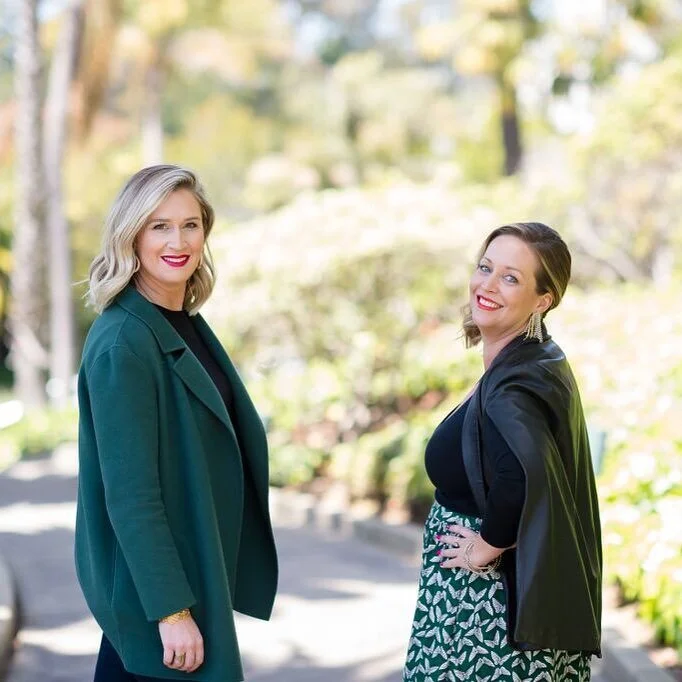5 Learnings From Our First Virtual Event
With only two months of runway, we successfully pivoted a client’s in-person annual conference into a virtual one! The conference included: 3 days of live content, 25 speakers, and 600 guests from around the world and 20,000+ unique links. We can now bask in the glow of a job well done and reflect on the heaps of learnings along the way.
Here are our top 5 learnings:
1. #GOALS.
Once the event officially pivoted to virtual, we worked with the client to re-evaluate the goals of the show so that we could measure success and help inform decisions along the way.
What worked:
One of our new goals was simply that the “platform doesn’t crash” - easier said than done (as most of us have experienced virtual event glitches). Ultimately, we prioritized and achieved this by finding the right technical partners, staying organized, and effectively communicating.
An additional bonus of virtual events is the post-event metrics; we know exactly how many participants attended every talk and activity and for how long, etc. This informs our planning for future in-person and virtual events with this client.
What we learned:
Company policies and an incredibly tight timeline dictated the base platform selection, whether or not it was designed to fit the programming and goals of the show. This ultimately led to our production team pushing the platform beyond its intended use into unchartered territory, creating far more hurdles than necessary. We recommend getting ahead of this by choosing the technology first to achieve the desired result. Looking for help with this? Let us know, we would be happy to assist every step of the way!
2. Communication Is Key.
We explored different communication methods beyond what we have developed for in-person events, knowing that communication for a virtual event must be even more concise, clear, and targeted for all parties involved.
What worked:
For in-person events, we create a comprehensive event resume with all the details our vendors and partners need to be set up for success. When it came time to create the event resume for this show, we realized one event resume would be information overload. Instead, we created a series of shorter, more targeted “Know Before You Go” documents tailored to each vendor and speaker with the specifics of what was needed, without the clutter.
What we learned:
Ensure everyone is speaking the same language and assign clear owners to each deliverable, especially when talking tech, so nothing slips through the cracks.
3. Have Those Plan B’s & C’s Handy.
One thing we knew for certain was that we were operating in uncertain territory.
What worked:
Upon learning our filming space was in threat of shutdown, we immediately lined up a backup venue. Two days prior to load in, we pivoted to this Plan B, and it worked out even better than the initial plan.
What we learned:
When going LIVE with content, you can only control so much. Even with the best guidelines, having someone’s dog interrupt them on camera happens, providing comedy for the audience (but not so much for the broadcast crew)!
4. Live to virtual is not a 1:1.
Surprising to some, pivoting an event from in-person to virtual is not a 1:1 correlation.
What worked:
Attendees that would gladly spend 6+ hours at in-person sessions are less interested when sitting in-front of their computer screen, alone or with every day distractions in the background. To combat virtual fatigue, we went with shorter sessions, shorter days, and incorporated breaks of body movement and other games. These choices led to higher overall engagement and less drop-off.
What we learned:
We thought providing a variety of activities for attendees to enjoy during breaks, would mean there would always be something for everyone. The overwhelming feedback we received was that there were too many simultaneous opportunities, and attendees felt as though they missed out. Instead of consolidating all the activity into each break, the same variety of experiences staggered over time would have been a home run here.
5. We Crave to Connect.
Even though our attendees were physically distant, they were still driven by the very human need to connect.
What worked:
One of the most popular activities was a virtual mural where the attendees created something together that was more “tangible”. This mural served several purposes for the client which was entertainment, a central place to receive feedback from attendees, and a tangible end product that can live beyond the conference and the virtual world.
What we learned:
The number one piece of feedback was that the attendees wanted more networking opportunities, more connection. While we had built-in networking in breaks, having an all-day pop-in networking area, or pre-event and post-event networking events would have been big wins for this group.
It’s clear that events can adapt to this new environment. We have found major wins and learnings associated with Virtual Events that will come in handy now, and when we transition back into Live Events. In the meantime, however, we look forward to connecting with each other, our clients, and our community safely and purposefully.
Looking to engage in a virtual world?
Bash Creative is an event planning company that specializes in incredible gatherings that go beyond just great design. We’re known for teasing out smart goals for your event and serve up a stylish execution that will keep your guests buzzing. Located in San Francisco, but often found in New York, Austin, Chicago, Seattle, and beyond.

